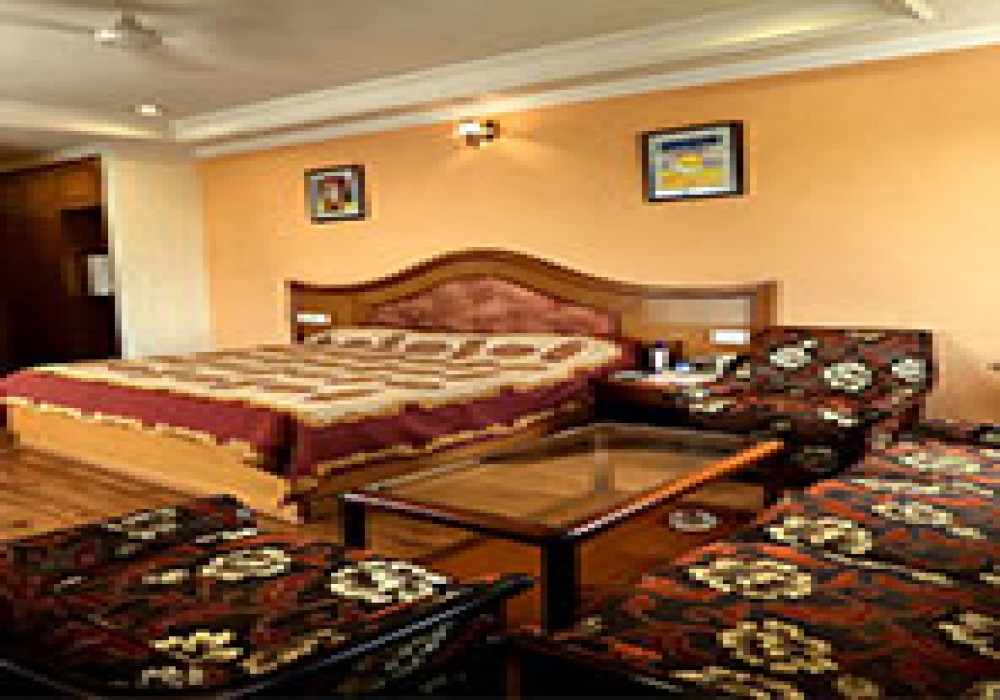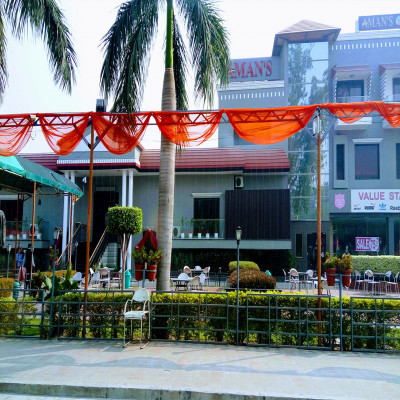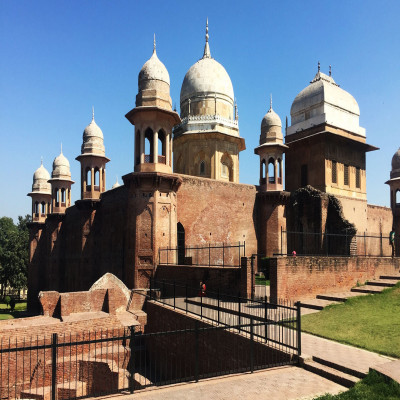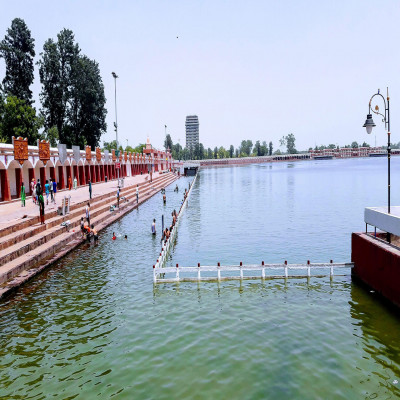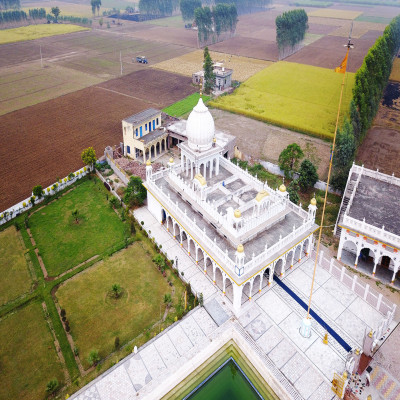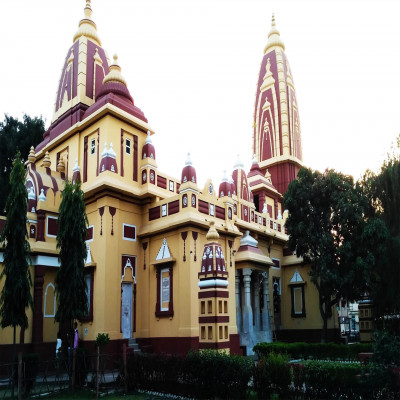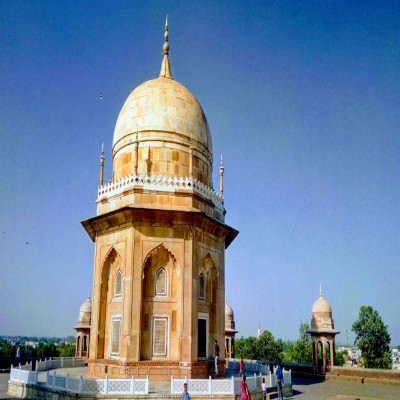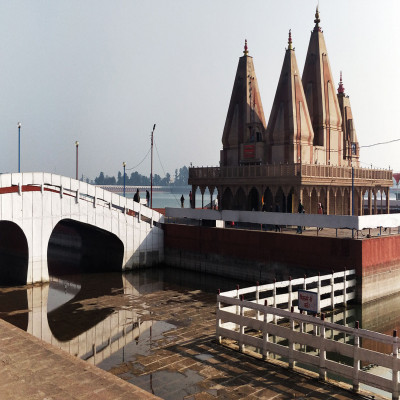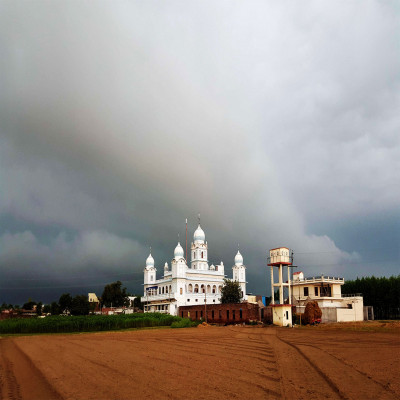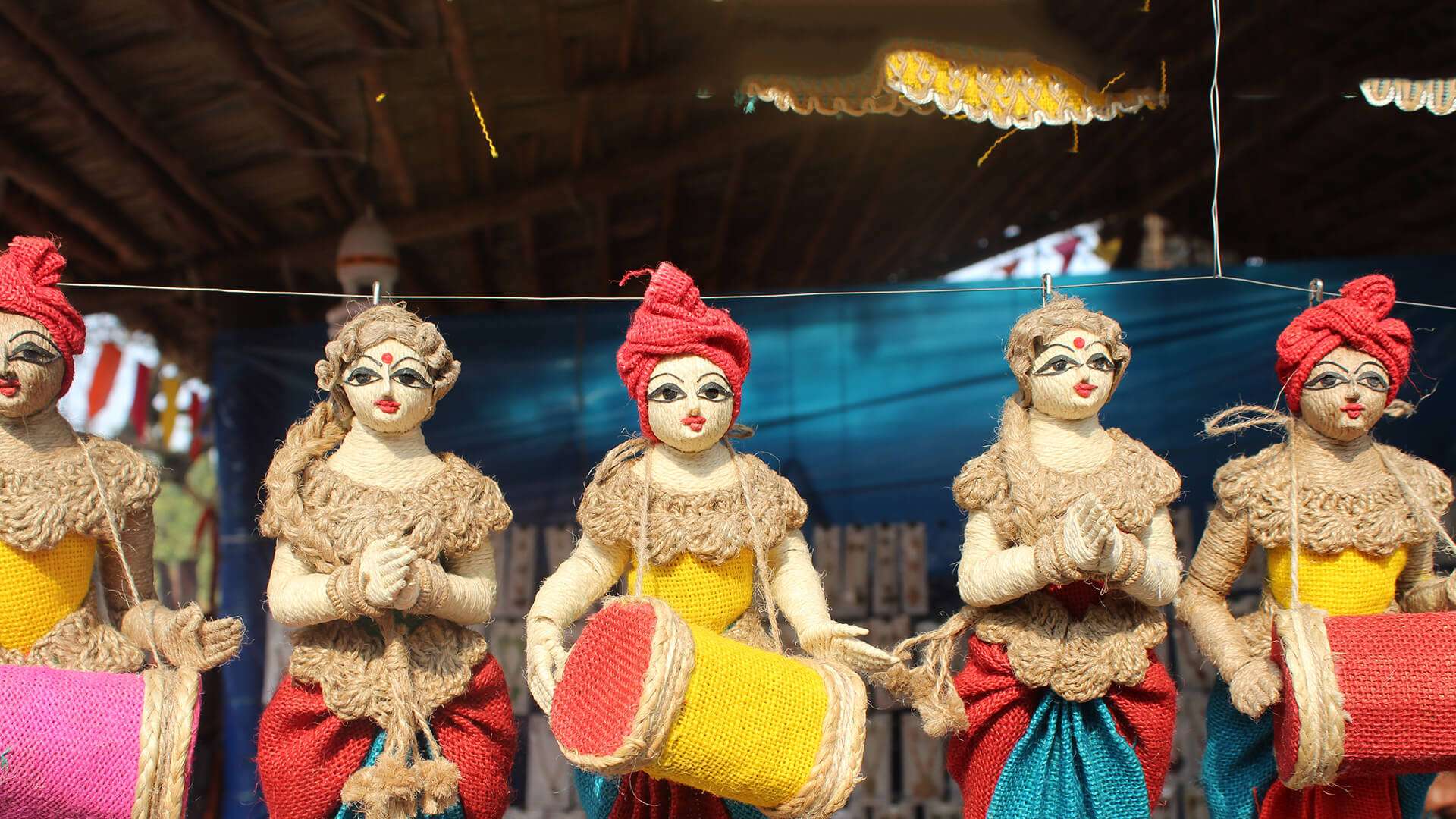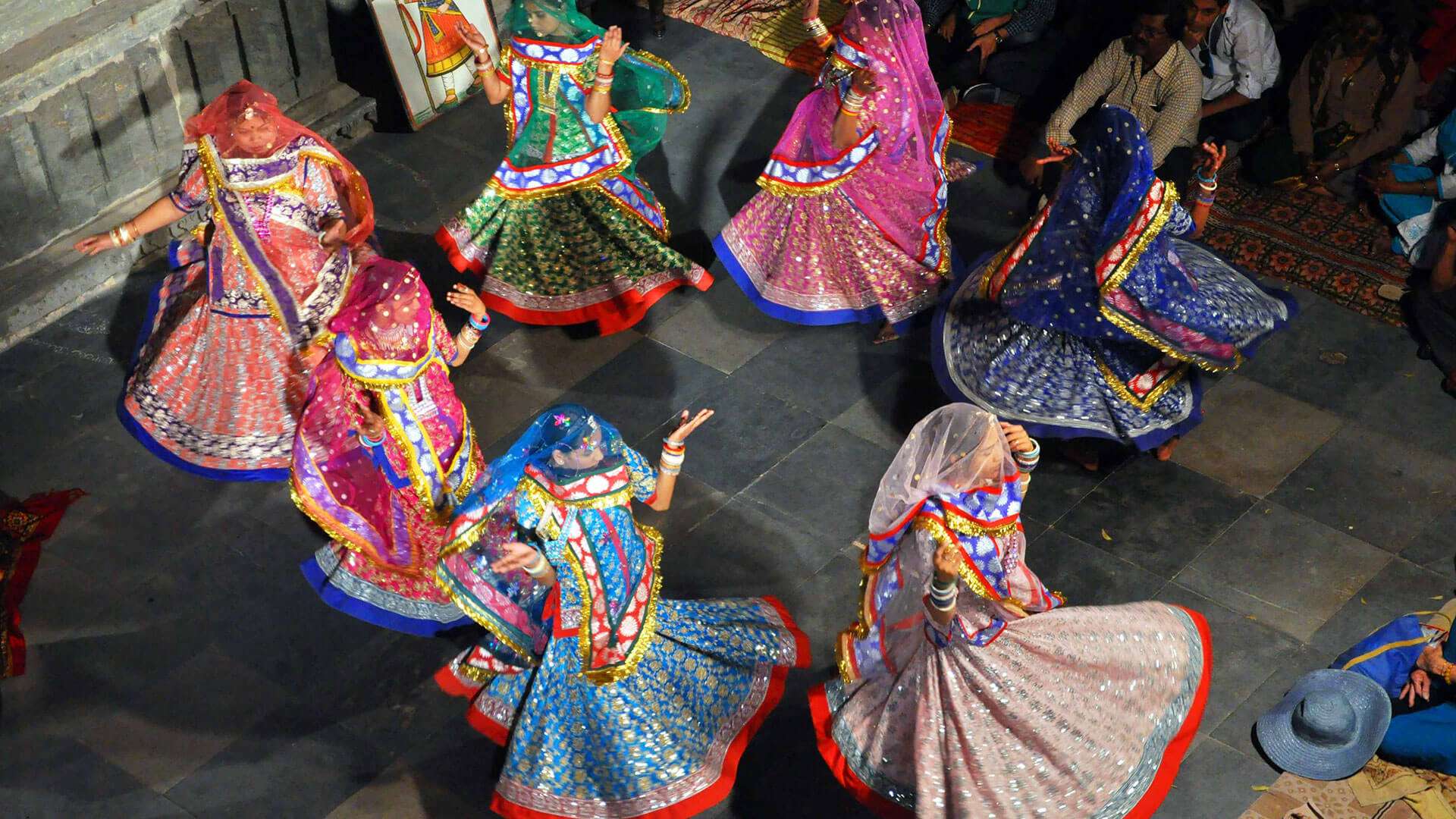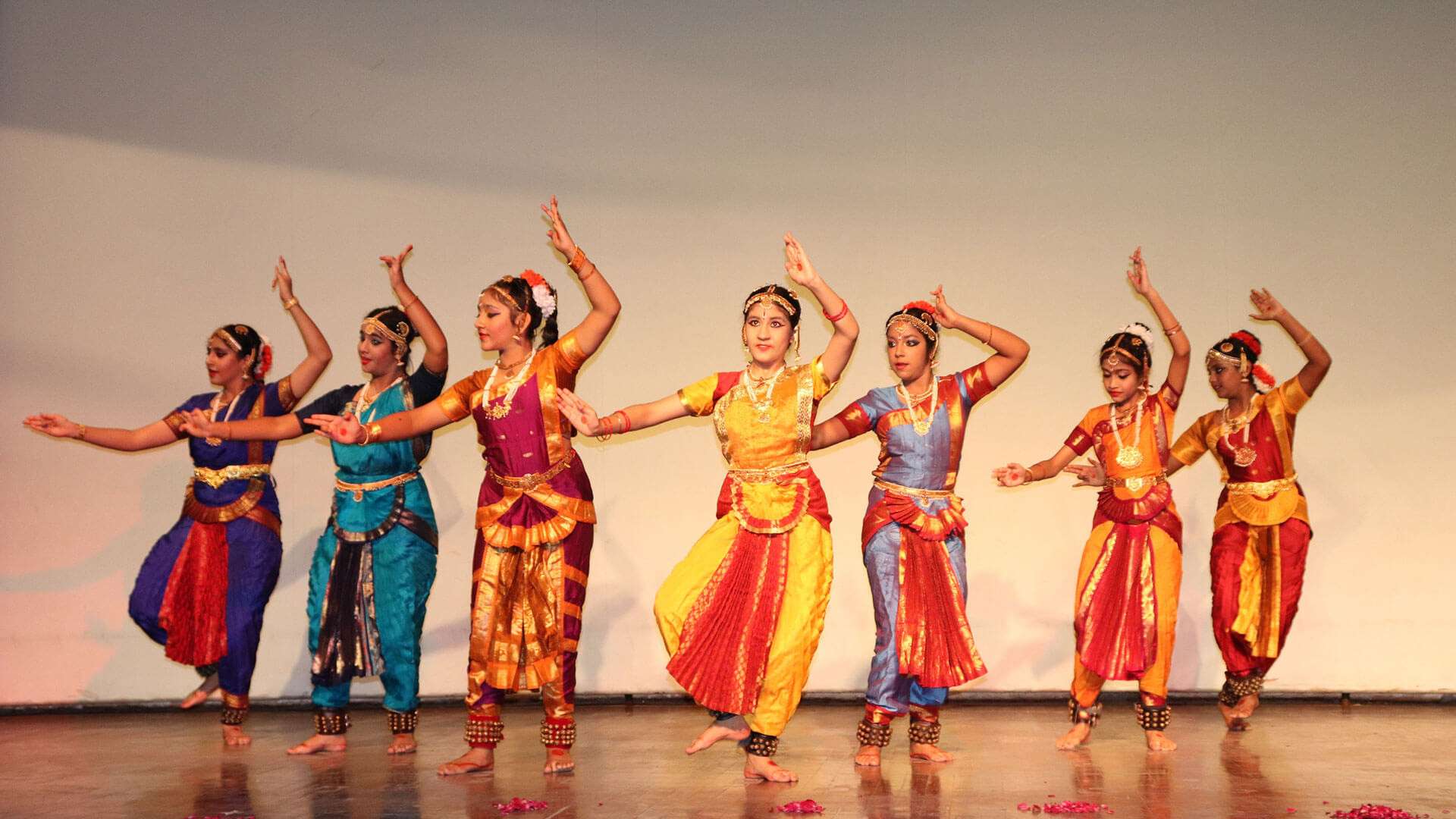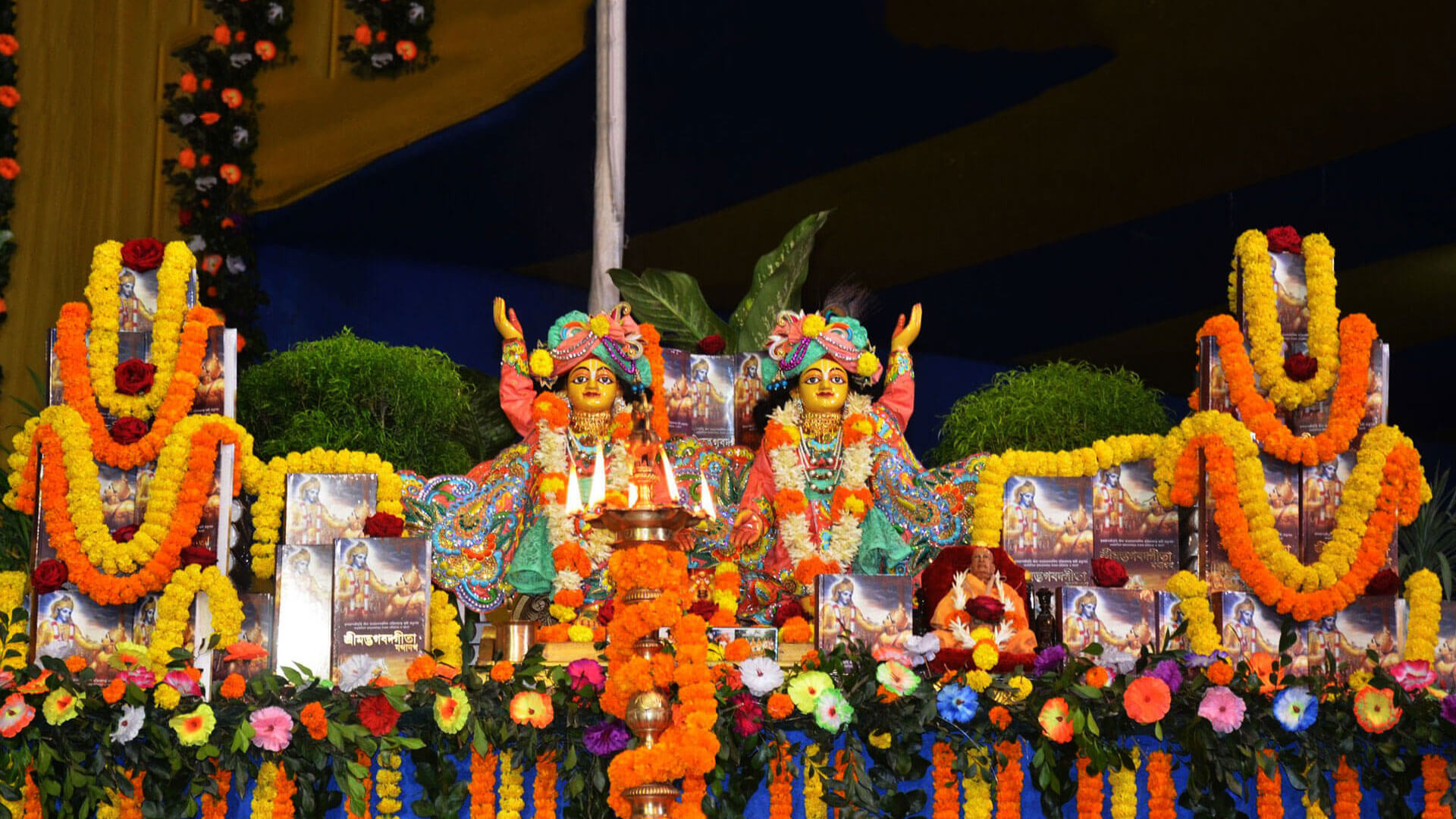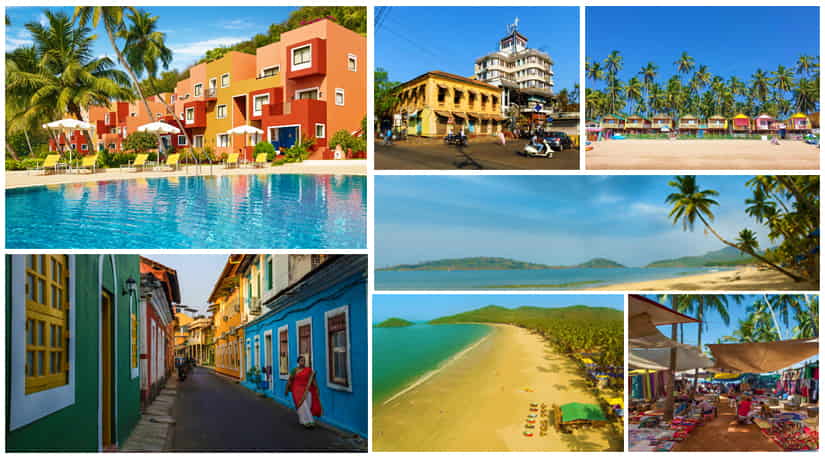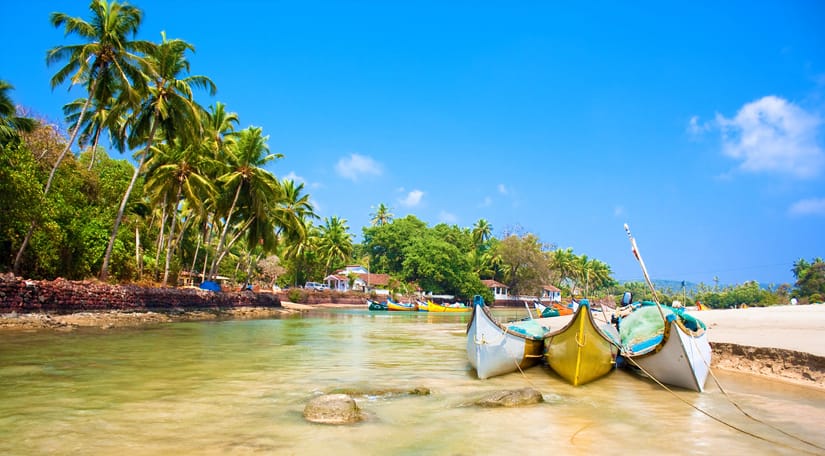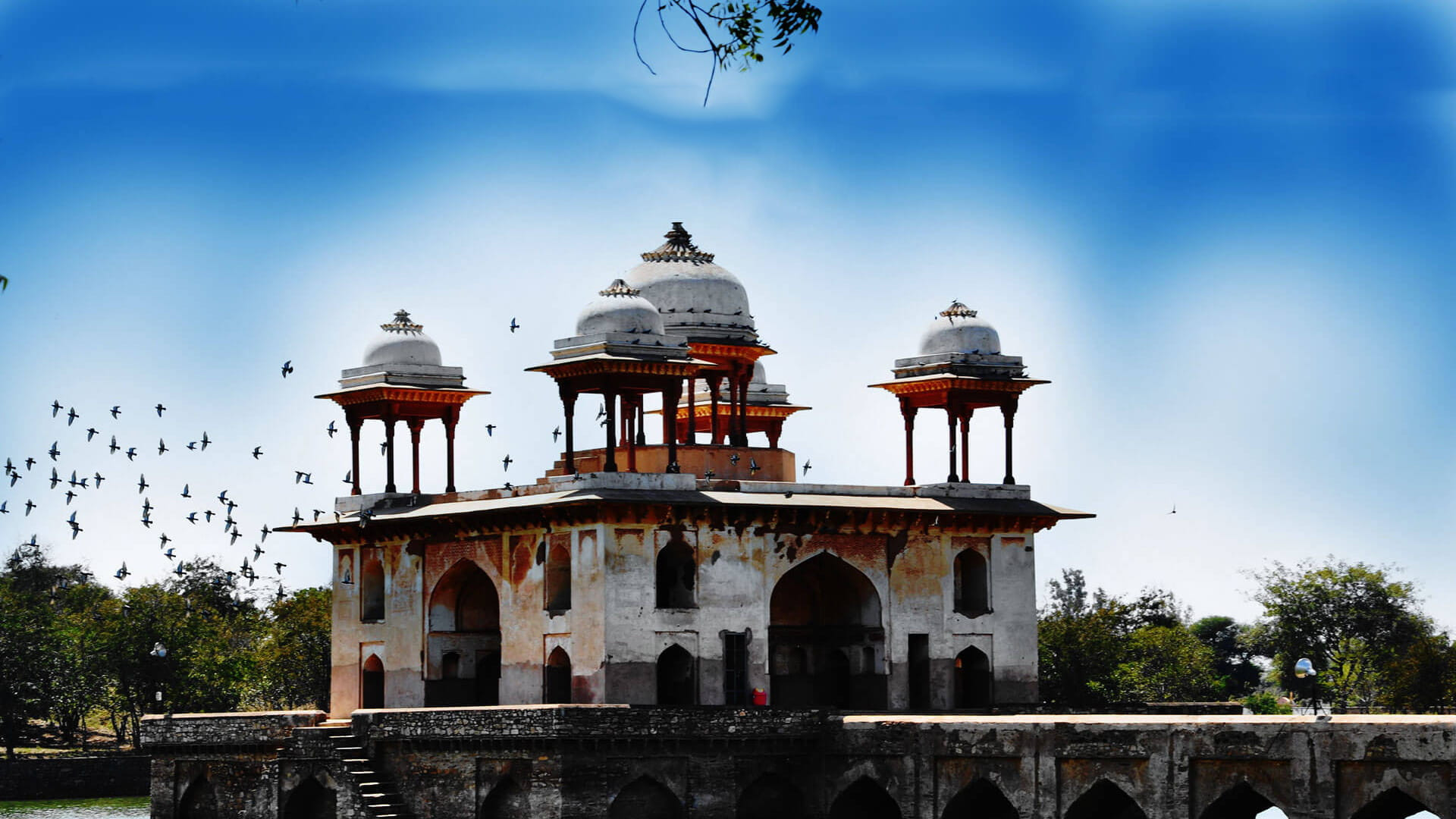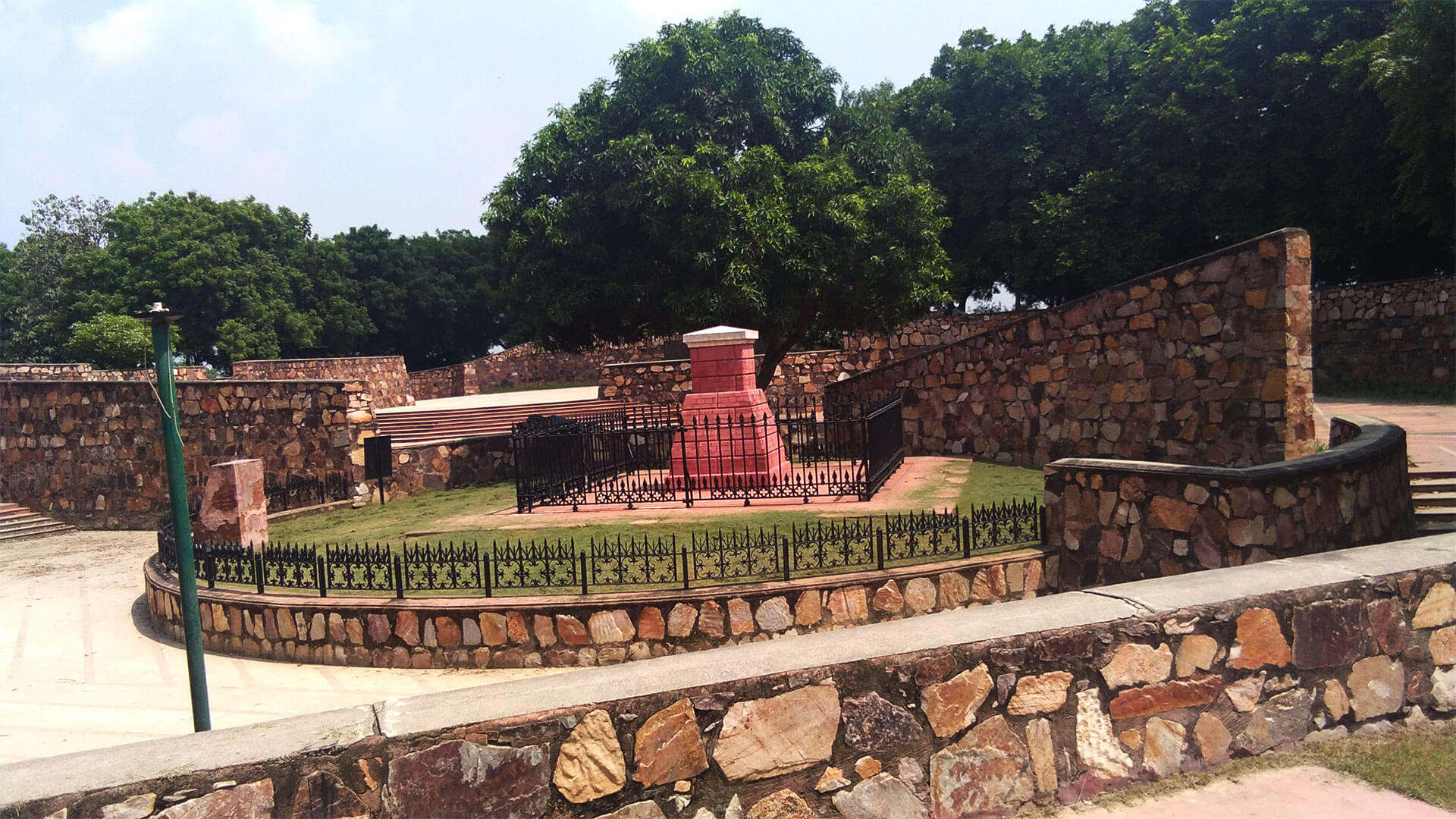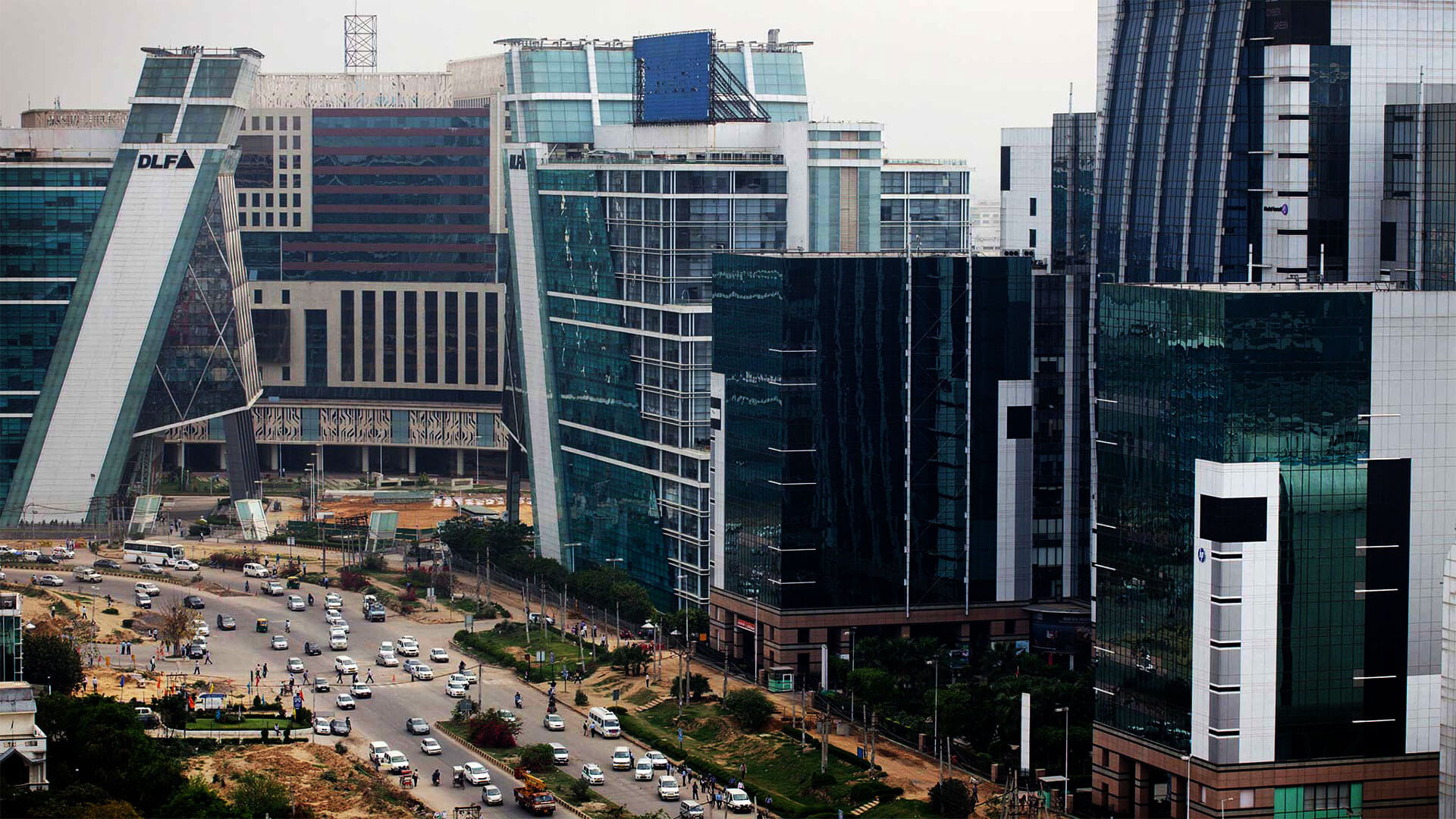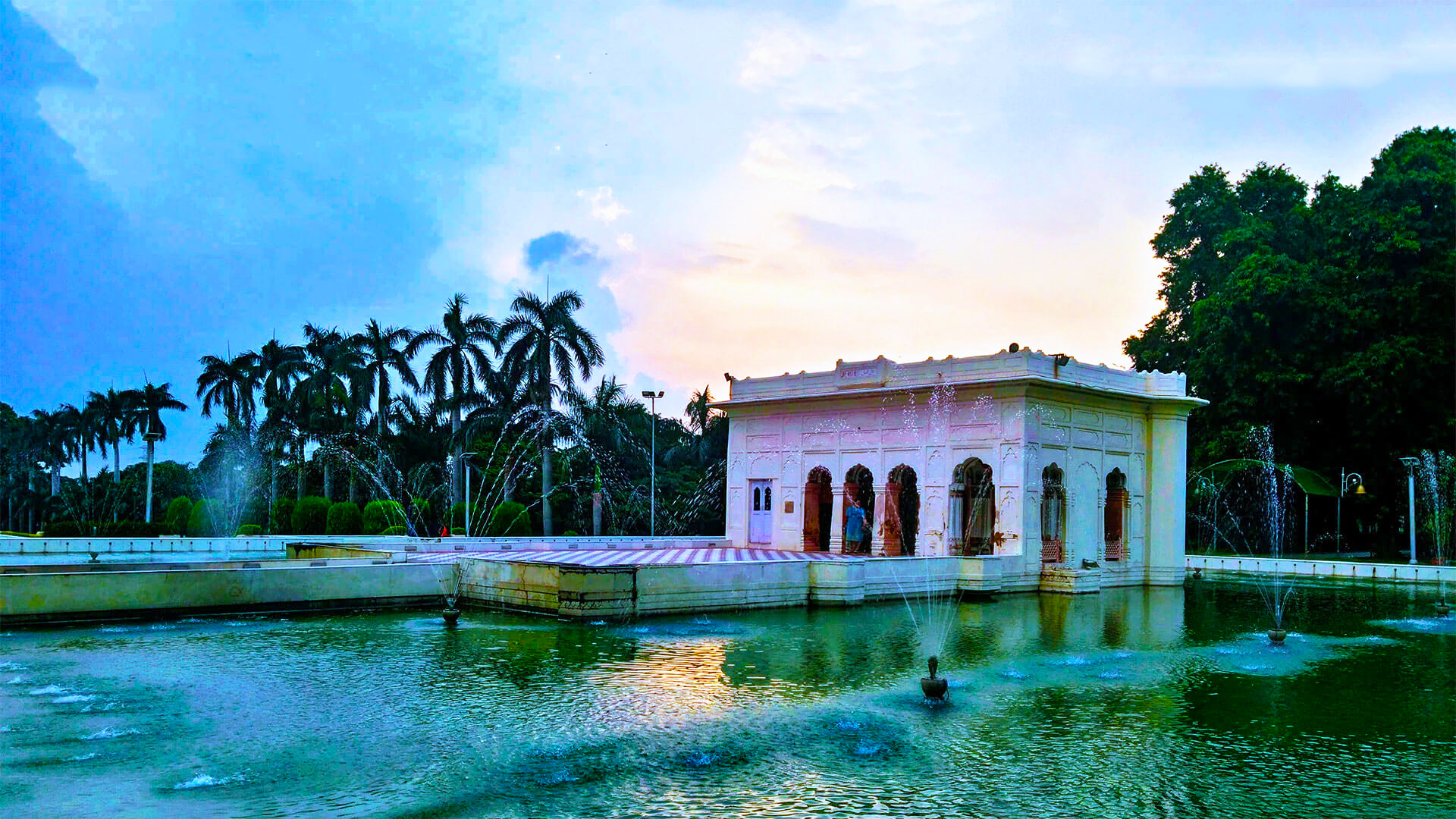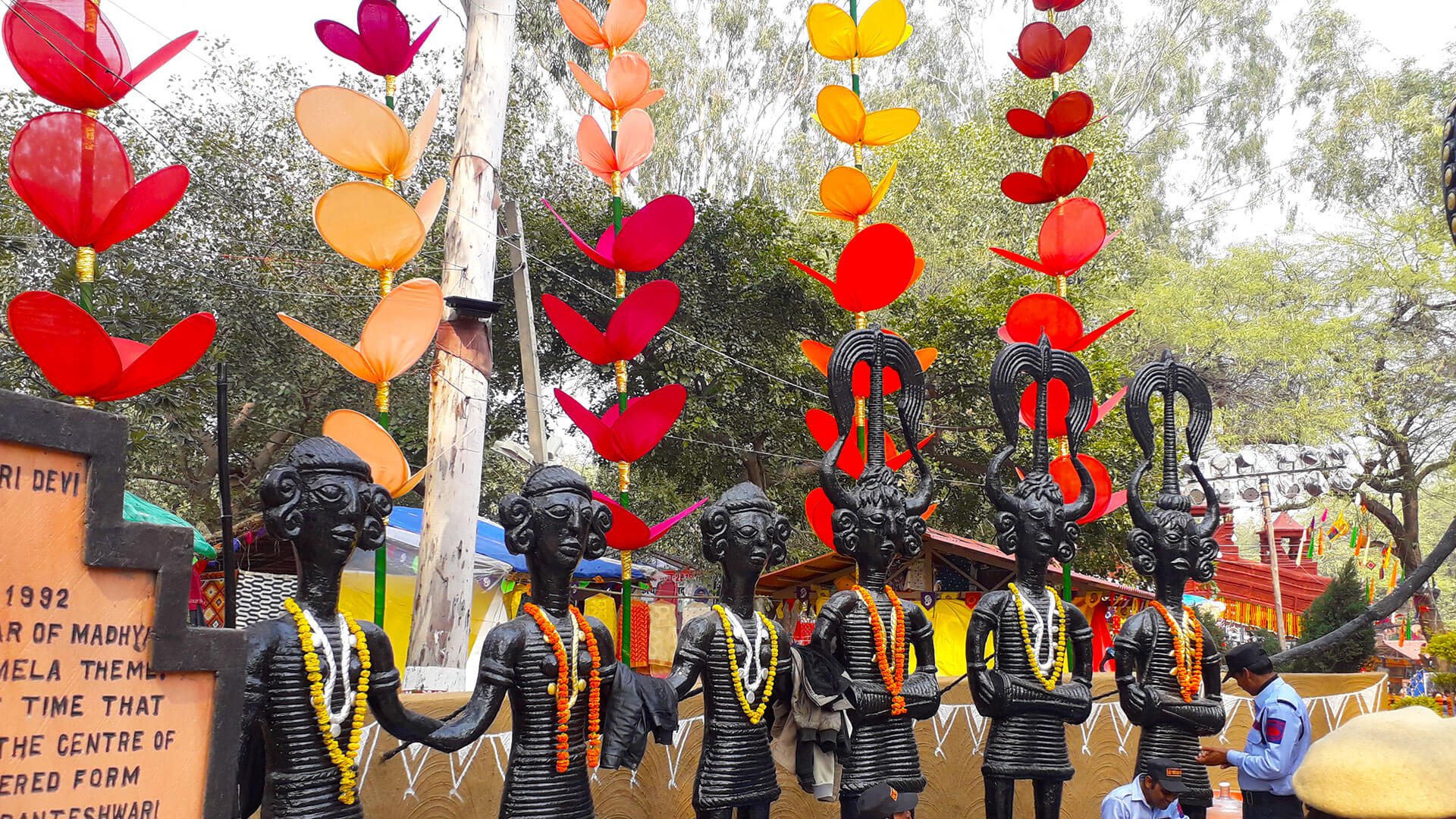Kurukshetra, one of the holiest cities in Haryana, holds immense significance in Indian history, mythology, and spirituality. Widely known as the Land of the Bhagavad Gita, this sacred city is where Lord Krishna delivered the divine sermon of the Gita to Arjuna during the epic battle of Mahabharata.
The name Kurukshetra comes from King Kuru, the ancestor of the Kauravas and Pandavas, and the legendary Kurukshetra War was fought on this very land. Today, the city stands as a spiritual and cultural symbol, attracting Hindu pilgrims and history enthusiasts from across the world.
According to ancient scriptures, Kurukshetra is not just a city—it is believed to be a divine land blessed by gods, sages, and kings. With its historic temples, sacred ponds, and pilgrimage sites, Kurukshetra continues to be a major religious destination in India.
Whether you are tracing the footsteps of the Mahabharata, exploring the site where Bhagavad Gita was first recited at Jyotisar, or seeking spiritual peace at holy kunds like Brahma Sarovar and Sannihit Sarovar, Kurukshetra offers a profound experience rooted in devotion, heritage, and history.
History of Kurukshetra
The ancient Hindu texts have the mention of King Kuru on many occasions. He was the one who used to rule the Bharata Dynasty which was also considered as the ancestral origin of Kaurava and Pandavas (two groups of brothers during the time of Epic Mahabharata).
The Puranas also talk about the great battle of Mahabharata which was fought on the land of the city of Kurukshetra.
Later in the history, Kurukshetra was conquered by the Mauryan Empire in the late 4th century BCE and subsequently became a centre of Buddhism and Hinduism. However, the history of Kurukshetra is little-known amid the collapse of the Mauryans and the rise of the Kushans who later conquered the region.
After the decline of the Kushan power in the region, Kurukshetra became independent only to become conquered by the Gupta empire in the early 4th century CE. Under Gupta rule, Kurukshetra experienced a cultural and religious revival and became a centre for Hinduism. After the fall of the Gupta, the Pushyabhuti dynasty ruled over Kurukshetra.
In 736, the Tomara dynasty was founded and they took over the region. Around the early 9th century, Kurukshetra lost its independence to Bengal. Mahmud of Ghazni sacked Kurukshetra in 1014 and Muslim raiders sacked it in 1034. Kurukshetra was incorporated into the Delhi Sultanate in 1206. Other than a short moment of independence from the result of a rebellion within the Sultanate in 1240, Kurukshetra was under the control of Delhi until 1388.
Kurukshetra became part of the Mughal Empire after Babur quashed a local rebellion in 1526. Under Akbar, Kurukshetra once again became a spiritual center not only for Hindus but also for Sikhs and Muslims.
Between the late 17th and early 18th centuries, Kurukshetra was controlled by either Mughal or Sikh forces, until the British took over Delhi in 1803. In 1805, the British took over Kurukshetra after defeating the Sikh forces who were controlling the city.
Since 1947, Kurukshetra has become a popular spiritual center and has seen much infrastructure development and restoration of old structures.
Places To Visit In Kurukshetra
| Place | Description | Location/Highlights | Timings | Entry Fee |
| Jyotisar | Sacred site where Lord Krishna delivered the Bhagavad Gita to Arjuna during the Mahabharata war. | 12 km from Kurukshetra city; features a holy banyan tree. | 6:00 AM – 8:00 PM | Free |
| Brahma Sarovar | Holy water tank believed to have been created by Lord Brahma for a yajna. | Near Thanesar; best visited during Gita Jayanti festival. | Open 24 hours | Free |
| Sannihit Sarovar | Mythological confluence of seven Saraswati rivers, ideal for holy dips. | Near Brahma Sarovar, Thanesar. | Sunrise to Sunset | Free |
| Bhadrakali Temple | Shakti Peeth where the Pandavas worshipped Goddess Kali before the war. | Near Kurukshetra bus stand. | 6:00 AM – 8:00 PM | Free |
| Sri Krishna Museum | Offers a visual experience of Krishna’s life through art, sculptures, and dioramas. | Pehowa Road, Thanesar. | 10:00 AM – 5:00 PM (Closed on Mondays) | ?10 (Adults) |
| Kurukshetra Panorama and Science Centre | Combines mythology and science with a light and sound Mahabharata display. | Next to Sri Krishna Museum. | 10:00 AM – 5:00 PM (Closed on Mondays) | ?20 (Adults) |
| Sheikh Chilli's Tomb | Mughal-era monument with beautiful gardens and Persian architecture. | Near Harsh Ka Tila, Thanesar. | 9:00 AM – 5:00 PM | ?5 (Indian), ?100 (Foreigners) |
| Bhishma Kund, Narkatari | Sacred tank where Bhishma Pitamah lay on his bed of arrows. | Narkatari village, outskirts of Kurukshetra. | Open all day | Free |
| Kalayat Complex | Ancient brick temples dedicated to Lord Shiva, showcasing post-Gupta architecture. | Kalayat town, 55 km from Kurukshetra. | 6:00 AM – 6:00 PM | Free |
| Pehowa | Holy town famous for ancestral rites and Lord Shiva temples. | 27 km from Kurukshetra city. | Open all day | Free |
Things to Do in Kurukshetra
- Visit the Holy Sarovars – Take a ritual bath in Brahma Sarovar and Sannihit Sarovar, believed to purify the soul.
- Explore Mahabharata Sites – Stop by Jyotisar, where Lord Krishna delivered the Bhagavad Gita, Bhishma Kund, and the immersive Kurukshetra Panorama and Science Centre.
- Attend Gita Jayanti Celebrations – Experience the grand annual festival filled with spiritual discourses, cultural programs, and exhibitions.
- Explore Museums – Learn about Krishna and the epic at the Shri Krishna Museum and local heritage at the Dharohar Museum.
- Enjoy Local Cuisine – Savour Haryanvi favourites like Bajra Roti, Kachri ki Sabzi, Methi Gajar, and a refreshing glass of Lassi.
- Visit Sheikh Chehli's Tomb – A Mughal-era architectural marvel with a peaceful garden and great photo opportunities.
- Walk through Kalpana Chawla Planetarium – Dive into astronomy shows and exhibits dedicated to India’s space icon.
- Stroll in Krishna Museum Park – A quiet green space perfect for relaxing after sightseeing.
- Shop for Local Handicrafts – Explore local markets for juttis, embroidered textiles, and brass artefacts.
- Visit Bhadrakali Temple – One of the Shakti Peethas, where it's believed the ankle of Goddess Sati fell.
Travel Tips for Visitors to Kurukshetra
- Visit during Gita Jayanti (November–December) to witness the spiritual and cultural vibrancy at its peak.
- Start your day early to explore temples and sarovars in the calm morning atmosphere.
- Dress modestly as most attractions are religious sites. Comfortable cotton clothes are ideal in warmer months.
- Hire a local guide at Jyotisar or Panorama Museum for deeper mythological insights.
- Carry drinking water and snacks, especially when visiting multiple historical sites in a day.
- Use local auto-rickshaws for short distances; they’re affordable and easily available.
- Stay near Brahma Sarovar for easy access to key sites and peaceful evening walks.
- Respect local customs during temple visits—remove shoes and maintain silence.
- Check weather conditions—summers can be hot, so plan indoor visits during peak afternoon hours.
- Avoid Mondays and major holidays for museum visits, as some places may be closed or overcrowded.
Best Time to Visit Kurukshetra 2025
- October – March (Winter & Spring) - Pleasant weather for temple visits and sightseeing.
- April – June (Summer) - Hot and dry; not ideal for travel.
- July – September (Monsoon) - The greenery enhances the beauty of the temples and lakes.
How to Reach Kurukshetra
To reach Kurukshetra, you need to cover an approximate distance of 155, 1,564, 1,672, 2,317 km from Delhi, Mumbai, Kolkata, and Bengaluru respectively. Following are the travel details on how you can easily reach Kurukshetra via different modes of transportation.
By Air
The nearest airport is Chandigarh International Airport (IXC) which is located at a distance of 91km from Kurukshetra. Another nearest airport that also has good international flight connectivity is Indira Gandhi International Airport situated (approx) 169.9 kilometres away from the city. Once you deboard at either of the airports as per your convenience, you can easily get local means of transport to reach your destination.
- From Ahmedabad - Board Spicejet, Vistara, Air India flights from Ahmedabad Airport. The airfares start from INR 3,000-4,000
- From Patna - Board IndiGo, Air India flights from Patna Airport. The airfares start from INR 5,000-6,000
- From Jaipur - Board Air India, IndiGo flights from Jaipur Airport. The airfares start from INR 4,000-5,000
Here is a list of Indian cities from where flights are available to Kurukshetra
- Delhi to Chandigarh Flight
- Mumbai to Chandigarh Flight
- Bangalore to Chandigarh Flight
- Hyderabad to Chandigarh Flight
- Jaipur to Chandigarh Flight
By Train
If planning a trip via train then deboard at Kurukshetra Railway Station. The railway station is well-connected to major cities of India offering overall good train connectivity to the passengers. After deboarding at the station, you can continue your journey via some means of public transport.
By Road
The overall connectivity via road network is quite good as well. Frequent public and private buses are available. Also, if you belong to neighbouring states or cities, you can easily enjoy a road trip via your personal motor vehicle. Thus, if you are planning a road trip then it would prove to be a convenient experience for you.
- From Ludhiana - 158 km via NH44
- From Patiala - 103 km via NH44
- From Panipat - 70-80 km via NH44
Conclusion
Kurukshetra is more than a spiritual destination—it's a walk through epic history, sacred rituals, and timeless legends. Whether you're here for faith, curiosity, or culture, this city leaves you with stories worth remembering.
Get in touch with Adotrip and enjoy amazing flight deals, Tour Packages, hotels and other bookings that will make your trip to this magnificent city memorable.
With us, nothing is far!
Frequently Asked Questions about Kurukshetra 2025
Q1: What is Kurukshetra famous for?
A1: Kurukshetra is famous as the legendary battlefield of the Mahabharata, where Lord Krishna delivered the Bhagavad Gita to Arjuna. It is a major pilgrimage site known for its historical, spiritual, and cultural significance.
Q2: Is Kurukshetra soil still red?
A2: Yes, parts of Kurukshetra still have red soil, believed by many to be symbolic of the Mahabharata war. However, the color can vary based on the region and natural soil composition.
Q3: Where is Kurukshetra war ground now?
A3: The Kurukshetra war ground is believed to be located around the modern city of Kurukshetra in Haryana. Key sites like Jyotisar, where the Gita was spoken, are marked and preserved for visitors.
Q4: Is there any proof of the Mahabharata?
A4: While archaeological and literary evidence suggests that events similar to those in the Mahabharata may have occurred, there is no conclusive scientific proof of the epic’s literal historicity. However, many consider it a blend of history and mythology.
Q5: Where are Pandavas now?
A5: According to Hindu belief, after ruling for many years, the Pandavas renounced their kingdom and journeyed to the Himalayas. They are believed to have attained heaven, and thus are not considered to be alive today.
Popular Packages
Blogs
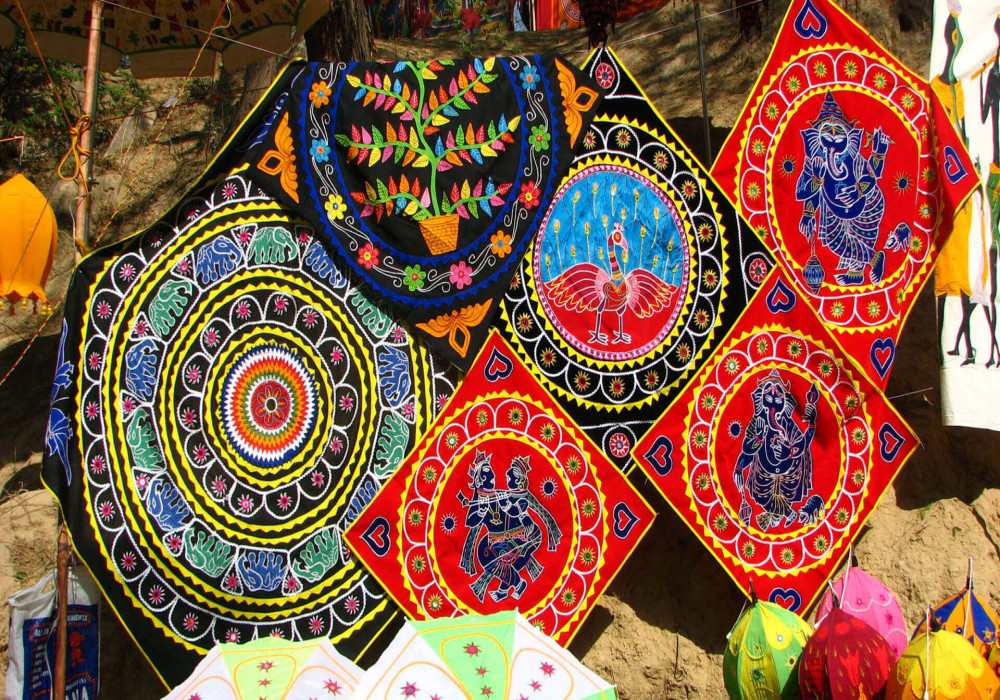
Surajkund International Crafts Mela 2025: World's Largest Handicrafts Mela
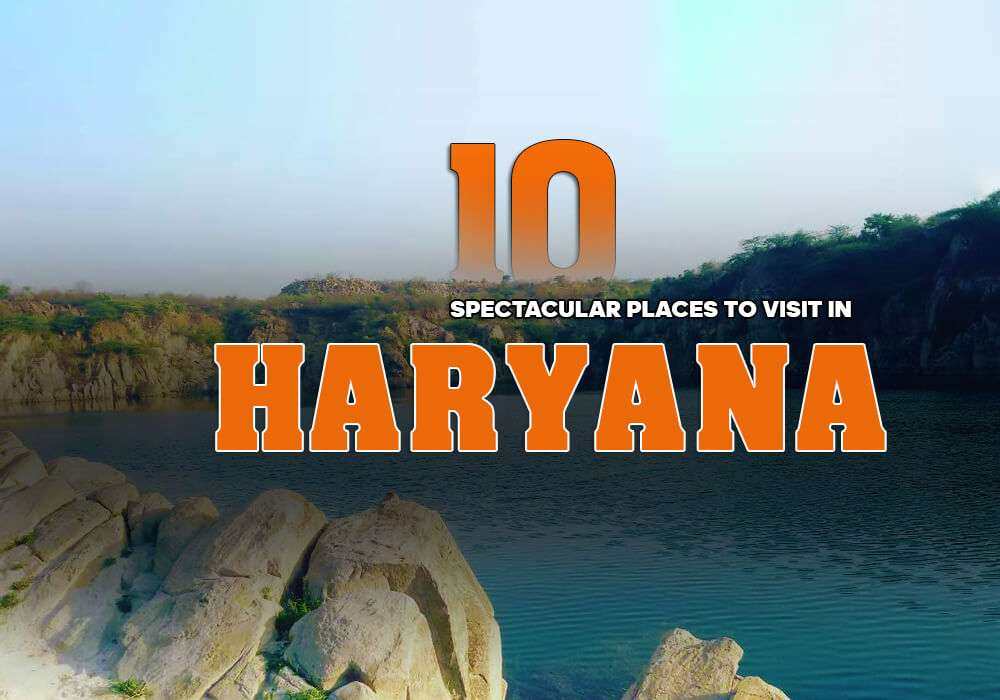
Places to Visit in Haryana 2025 - Top Destinations for Culture and Nature

5 Best Water Parks In Gurugram 2025 - To Beat The Summer Heat
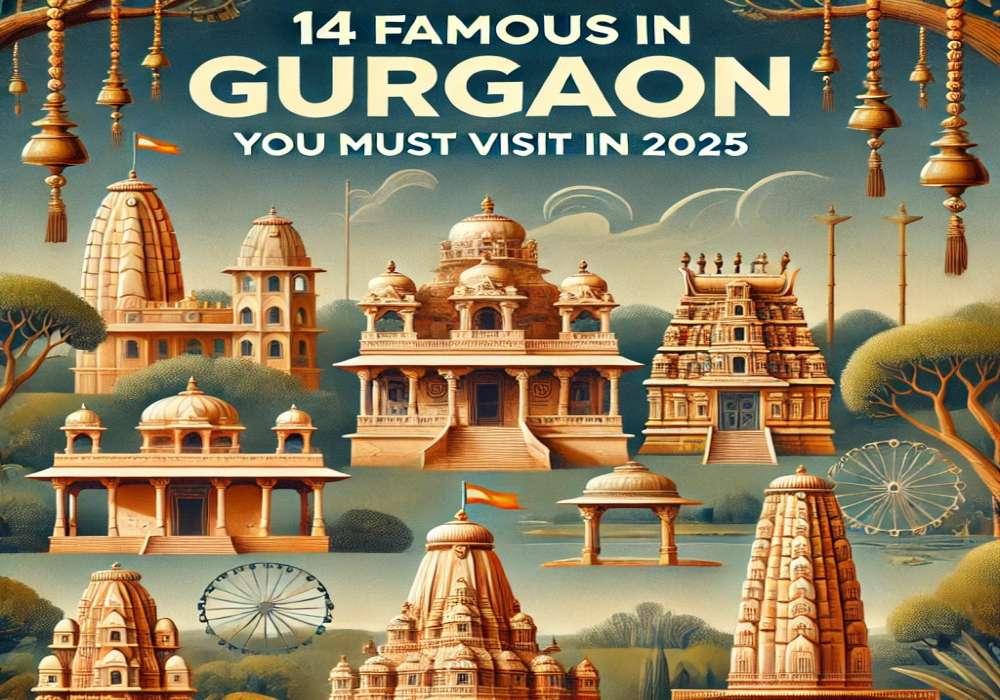
Temples In Gurgaon 2025 : A Journey Through Spiritual Wonders
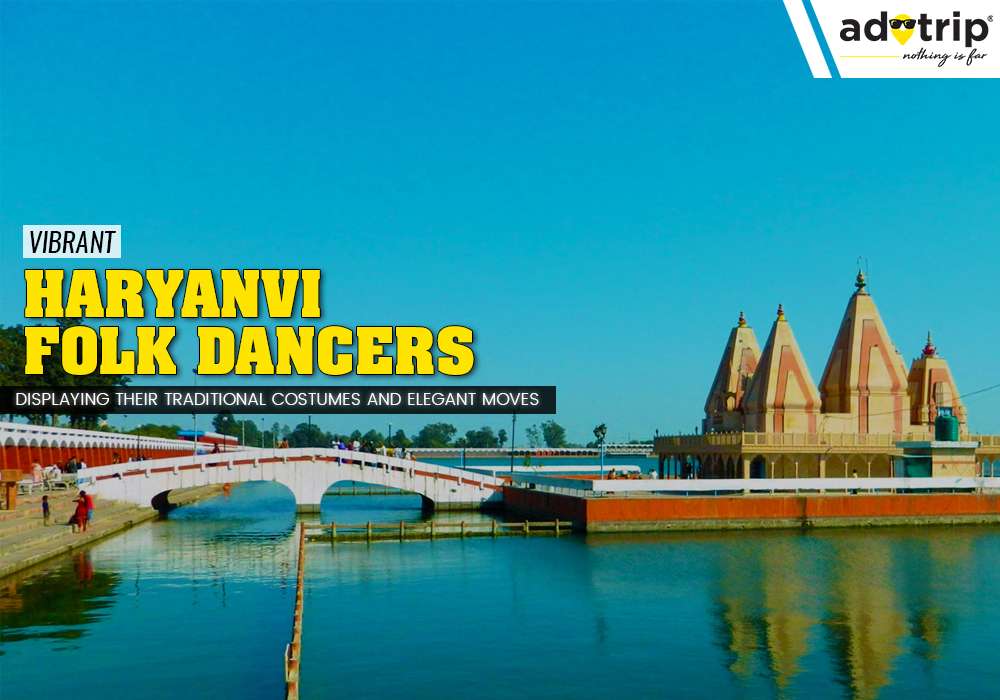
Haryana Culture And Tradition 2025
Nearby Stays
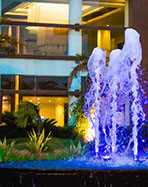
Best Western Country Woods
188th Milestone, Ambala-Delhi Highway, Ambala, Har...

The Orlov Hotel
Galaxy Court, Street Number 2, Ansals Sushant City...
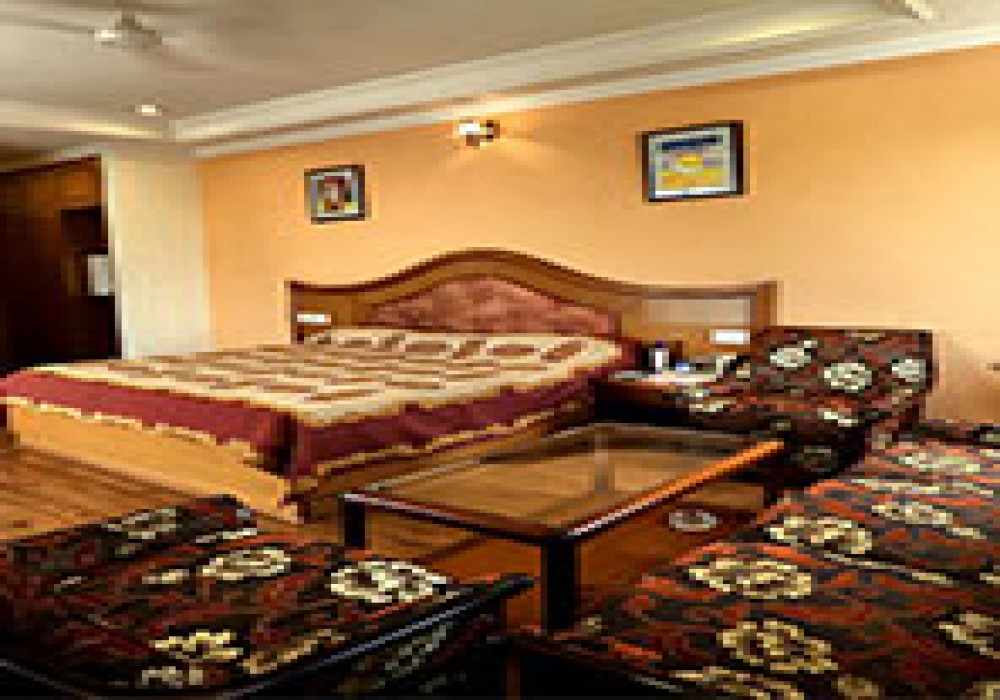
Hotel King's
16, Nihal Bagh, Gardens, Near Circuit House, Barad...
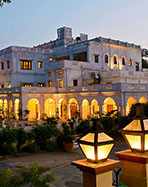
Neemrana's Baradari Palace
Baradari Gardens, Patiala, Punjab 147002
